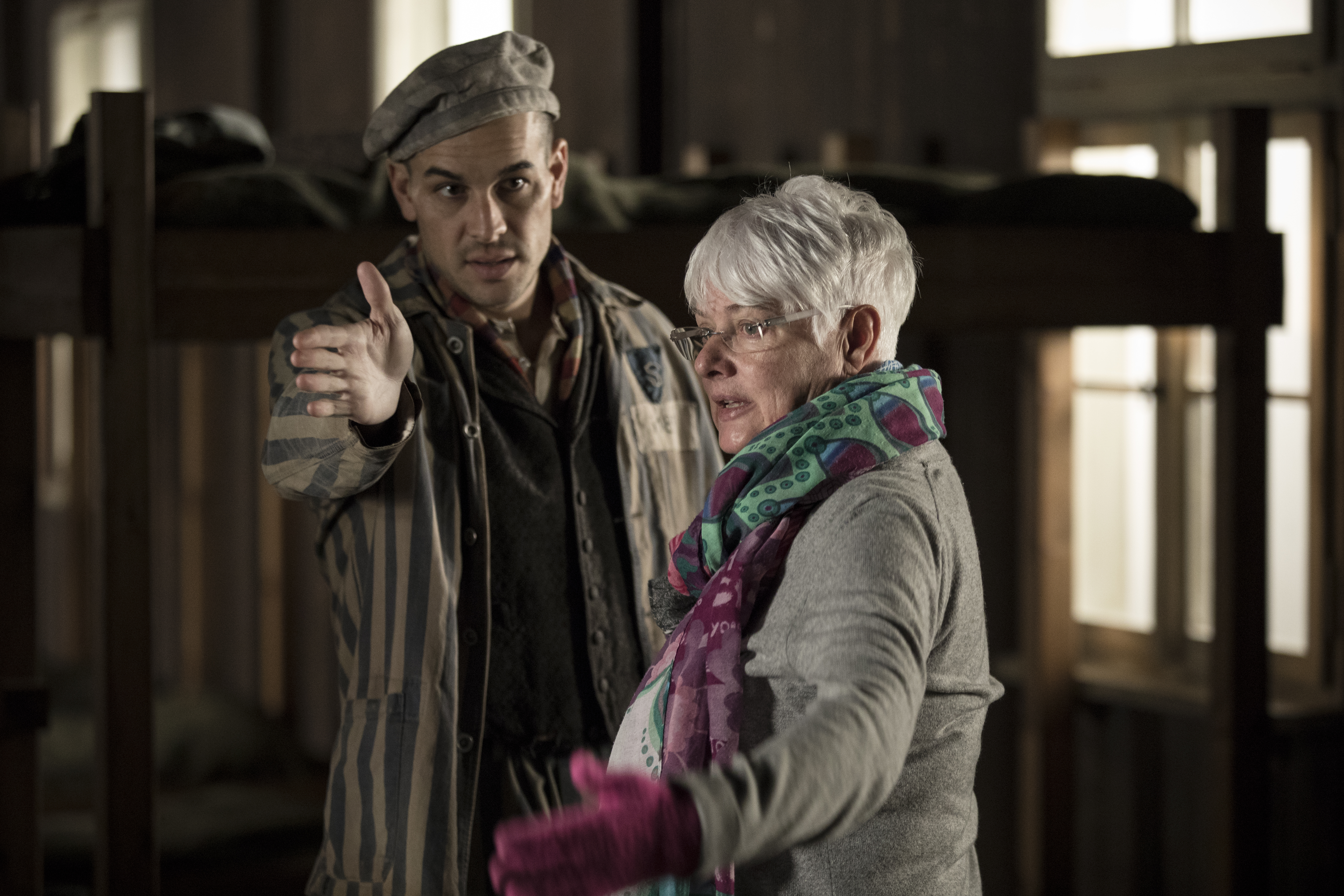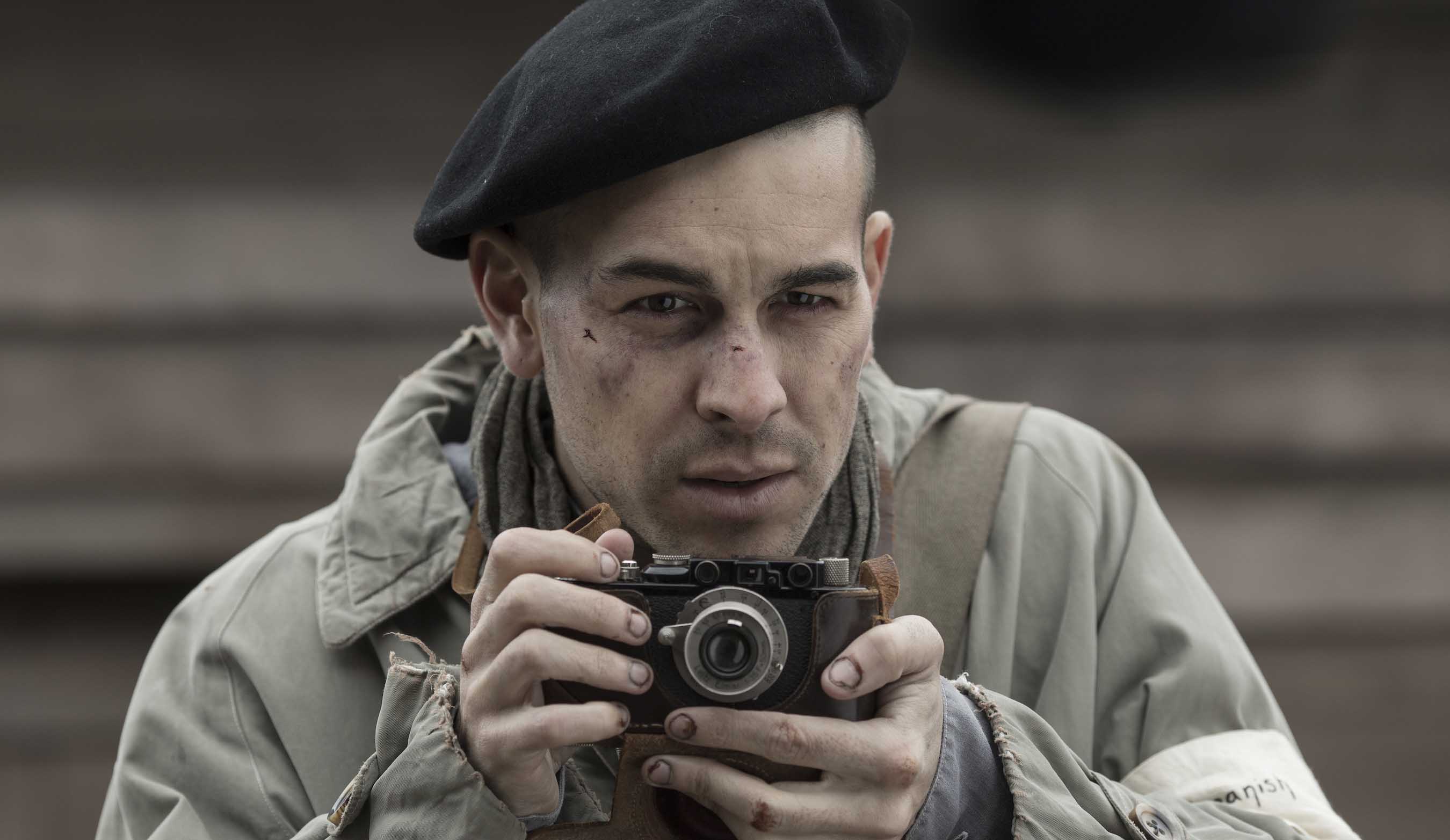Director Mar Targarona on Netflix Original Film ‘The Photographer of Mauthausen’
By Emilio Mayorga
LOS ANGELES (Variety.com) – BARCELONA— A portrait of Francesc Boix, a Catalan photographer who managed to survive one of the most atrocious Nazi camps, “The Photographer of Mauthausen” will be released in Spain on Oct. 26 by Filmax. It’s the sophomore sally of producer-turned-director Mar Targarona who, alongside Joaquin Padró, is behind production of films such as Juan Antonio Bayona’s “The Orphanage” and Oriol Paulo’s “The Body.”
Barcelona-based Rodar y Rodar’s “Mauthausen” is a co-production with Netflix, We Produce 2017 AIE and Hungary’s Filmteam, backed by Spanish broadcaster RTVE and Catalan TVC. Sold by Vicente Canales’ Film Factory, Netflix will be streaming the movie from Dec. 28.
Feature tells the little-known story of Boix, a Spanish Mauthausen inmate who managed to hide some 2,000 negatives –a testimony to the horror lived there— and smuggle them out of the concentration camp. These negatives played a decisive role in the Nuremberg Trials. Boix arrived at Mauthausen, barely 20 years old, after the fall of the Spanish Republic, exile, and the German invasion of France, where he was captured following the defeat of the French army.
He is played by Mario Casas (“The Mule,” “Palm Trees in the Snow”) who lost almost 40 pounds for the shooting.
Script is co-authored by Alfred Pérez-Fargas and Roger Danés, who were selected by Variety as young Spanish talents to track and wrote Agustí Villaronga’s “Letter to Eve” and Daniel Calparsoro’s “Twin Murders: The Silence of the White City.”
How did the interest for this story emerge?
I’ve always been interested in WWII and in particular Nazism, which never ceases to astonish me. For many years, I have immersed myself in endless films and documentaries. My screenwriters (Alfred Pérez and Roger Danés), who are brilliant, had various stories in mind regarding this interest of mine, and when they told me about this one it became clear. I said to them, “Go for it!” This was some four years ago. From there we started to dig and dig, to document ourselves and many, many things came out of it.
Why isn’t this story widely known? Perhaps because part of Spanish society or Spanish powers are still uncomfortable recognizing the complicity of Franco dictatorship’s with Nazi Germany?
That’s for sure, but by now I want to believe that nobody shares that ideology. What has been shown is that most people in Spain don’t know there were Spanish prisoners in Mauthausen. The numbers don’t coincide according to the sources, but there were around 7,500, of which about 2,000 survived.
What sets this apart from other WWII era films?
I have focused on one very specific, unexplored topic— the Spanish. And within the Spanish, the figure of this boy who, when we went to Mauthausen, we confirmed was very well-known and recognized there. He’s very well-known in Austria, actually. There’s even a small monument in Mrs. Pointner’s house, where the negatives were hidden. That was our main thread. This was very important to clarify from the start, so the film wouldn’t become a vague mosaic in the infinity of films on the topic. The difficulty was the synthesis of some of the characters— Boix in particular— and throwing out a lot of the material, in accordance with the rules that cinema imposes.
The narrative is told in large part in first person. What was the process of investigation into Boix’s personality?
There are not a lot of books, but there are some. There’s a wonderful book by Benito Bermejo (“The Photographer of Horror”) that was an irreplaceable help. Benito was, in fact, a great collaborator of ours during the whole process of writing and shooting. And a book by Monserrat Roig (“Catalans at Nazi Camps”) that talks about the Catalans in Nazi concentration camps. There’s also a great website made by deported Spaniards themselves. All of this information turned out to be very inspiring for creating characters that are all a compendium of various real people. Boix was a friendly guy, a survivor, mischievous and smart with a bit of arrogance and self-assuredness.
Photography saves Boix, and serves, in the end, to bring justice.
The photography is the heart of the film. In fact, the examples that appear during the credits complement the story. The photographs served as testimony of what occurred. What the Nazis did was all documented, despite all that they burned. And it’s chilling to see. Most of all, seeing how naturally the Nazis themselves assumed their role.
You’ve avoided the temptation many filmmakers could have had to create a grainy, historical film…
Yes, completely. From the start I wanted cinematography of great quality. I can’t stand the idea that relates making a historical film and automatically adding grain and killing the color. The director of photography Aitor Mantxola and I were very clear: we wanted a realistic image, true and with great quality. All the shots are precise, complex, and the handheld camera is nonexistent. Art director Rosa Ros (who is very detail-oriented, very rigorous) worked closely with Mantxola and has done an excellent job.
Any projects on the horizon?
Yes, something very different and very small; a strange thriller. A film with two characters locked in a room. It’s a total change of pace and with it I will experiment with many things. My mind needs a bit of oxygen now.


